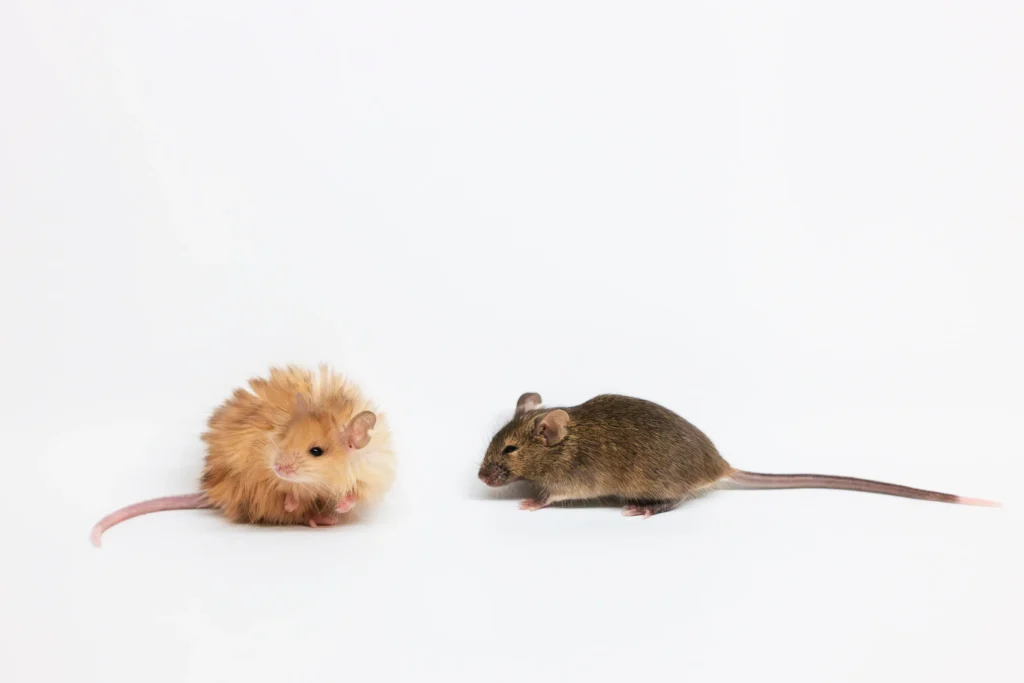Colossal Biosciences, a company based in Austin, Texas, has successfully engineered the “woolly mouse” in March of 2025 by giving the rodent similar genetics to the woolly mammoth. The modification has given the mice traits of the mammoth, like long thick hair, which is made for withstanding cold temperatures. This is a step forward in what colossal states is the “de-extinction” of the mammoth.
Colossal targeted and edited up to seven genes controlling fur properties such as color, texture, length, and hair growth. The modification results in mice with curly, textured coats, and golden-brown hair. In addition, a gene linked to lipid metabolism was also modified, helping with adapting to the cold, which is an important trait for survival in freezing environments. But how is the modification going to work for an extinct animal? The company is looking into the Asian Elephant, an animal that is closely related to the mammoth.
This development has gained mixed reactions from the scientific community. Some scientists approve of the advancement, as it could be a step toward understanding and recreating extinct species. On the other hand, others are skeptical about the ethics and usefulness of de-extinction problems with reproduction, the complexity of gene editing, and other challenges that come with this experiment.
“Three of the genetic changes made in some of the mice were inspired by woolly mammoth DNA, but they still only show effects in mice,” stated Dr. Tori Herridge, Senior Lecturer, School of Biosciences, University of Sheffield. “The mice were not edited to have a precise copy of the mammoth genes, but it is possible that these edits may have had a similar effect in both mice and mammoths (either by stopping the gene from working, or by changing the way the gene worked), but we cannot be sure about this.”
“A mammoth is much more than just an elephant in a fur coat. While we know a lot about mouse genetics, we know much less about mammoths and elephants. It isn’t yet known which sections of the genome are vital for achieving the characters need to make an elephant fit for life in the Arctic circle,” added Dr. Tori.
Despite the debates, Colossal is committed to its goal of bringing back extinct animals. They plan to introduce the calves with mammoth-like traits by 2028.
“Further work on either synthesizing or understanding the mammoth genome would also be required to go beyond these superficial characteristics to generate an animal that would, for example, have the right behavior to live in Arctic conditions,” said Dr Denis Headon, Group Leader and Senior Research Fellow, The Roslin Institute, University of Edinburgh “This paper reports an important advance not only for de-extinction but for animal breeding in general.” What is your opinion? Do you think bringing back an extinct species is beneficial or not?








Michael L • Apr 4, 2025 at 7:29 am
I feel like scientists could use that to de-extinct the wooly mammouth. they are already trying to bring it back from dna sources so this mouse could speed up the proccess of development.